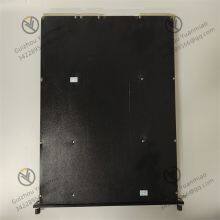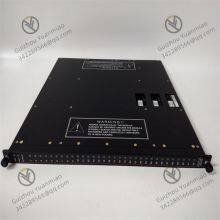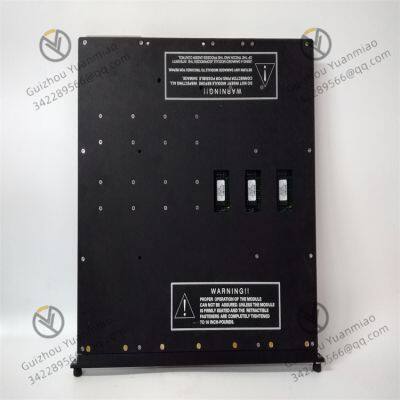
Send Inquiry to This Supplier
You May Also Like
-
TRICONEX 3623T Input/Output Interface ModuleNegotiableMOQ: 1 Piece
-
TRICONEX 3703E Safety Programmable Logic ControllerNegotiableMOQ: 1 Piece
-
TRICONEX 3708E Isolated Thermocouple Analog Input ModuleNegotiableMOQ: 1 Piece
-
TRICONEX 4000016-015 Communication ModuleNegotiableMOQ: 1 Piece
-
TRICONEX 4352B Communication ModuleNegotiableMOQ: 1 Piece
-
TRICONEX AI3351 AI3000 Series Analog Input ModulesNegotiableMOQ: 1 Piece
-
TRICONEX AO2481 Triple Redundancy Safety Controller ModuleNegotiableMOQ: 1 Piece
-
TRICONEX DI-3506X Digital Input ModuleNegotiableMOQ: 1 Piece
-
TRICONEX IMFF4703X Control System Module CardNegotiableMOQ: 1 Piece
-
TRICONEX 3351 Safety Instrumented System (SIS) ControllerNegotiableMOQ: 1 Piece













































